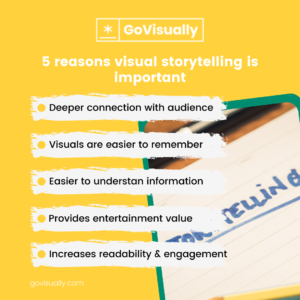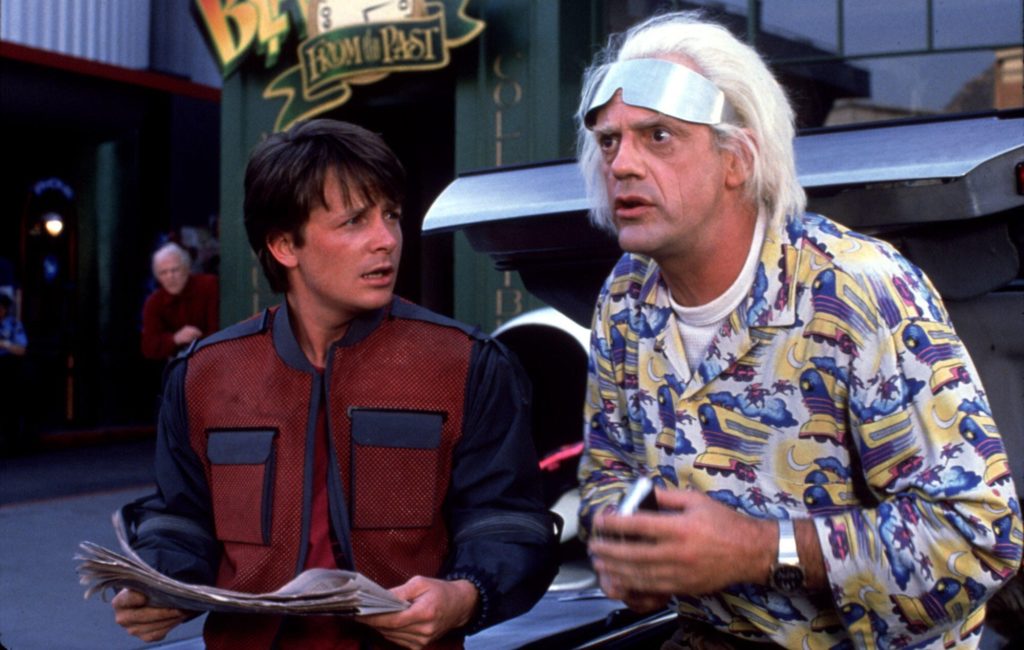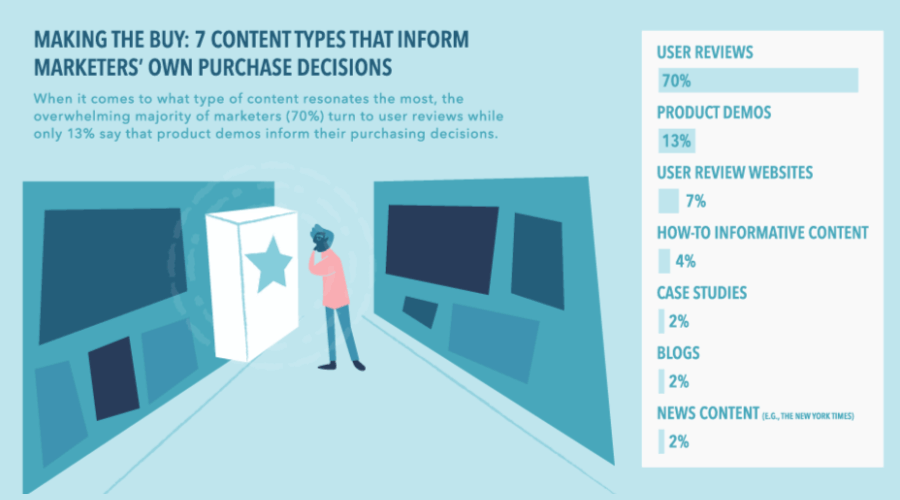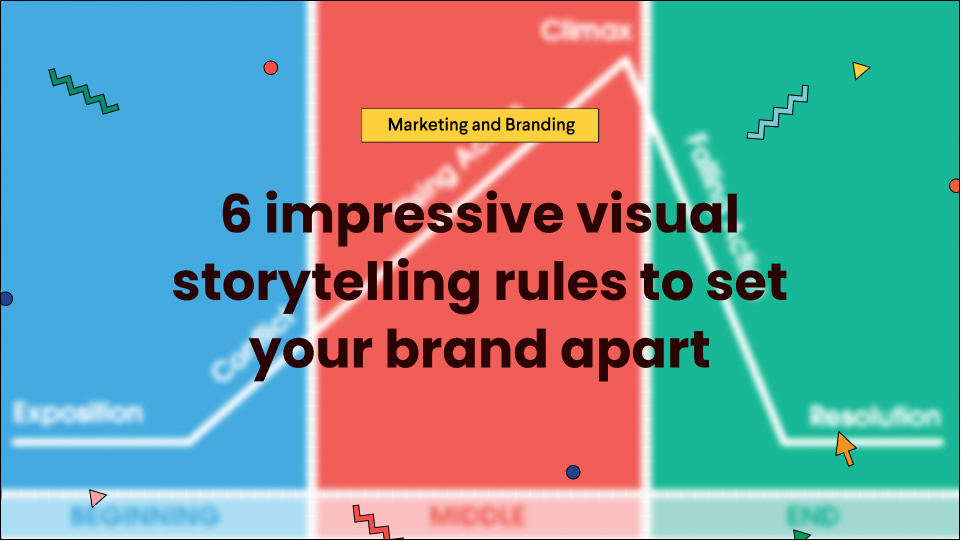You don’t have to be an author, director, or playwright to be able to tell a story in this day and age. All thanks to how technology has advanced and provided people with various platforms, anyone can become a storyteller. We live in the digital era, and storytelling, especially where the visual storytelling rules apply and have become a massive part of our lives. Anyone in the content marketing field knows how significant this trend has become online.
Digital marketing is the present and future of the marketing industry. You cannot become successful and gain people’s attention without following the essential visual storytelling rules. It is common knowledge that people tend to remember things they see visually rather than hearing them.
If you want to evoke your audience’s emotions, you need to take the help of visual storytelling. By using the rules of visual storytelling, you can inspire your potential customers to take action – a vital part of digital marketing.
Table of Contents
What is visual storytelling, and why is it important?
Visual storytelling is when you use a visual aid to tell a story. You can use infographics, animated graphics, presentations and slides, videos, or even simple pictures. You must tell a compelling story with the help of these visuals and get your message across to other people successfully.

1. Deeper connection with your audience
Visual storytelling enables you to connect with your audience deeper and more efficiently. People will be more inclined towards what you have to say when you incorporate visuals into your strategy. Visuals also allow other people to remember your message for a longer time and more clearly.
2. Visuals are easier to share
As a content or digital marketer, you need to develop content that gets shared by people, and what better than visual content for people to share. People click on the share option when your content is visual and put it out to various social media platforms.
Creating infographics for your page will allow people to share knowledge by visualizing the information.
3. Visuals make it easier to understand complex information
If you have more complex information to share with your audience, visuals can make it easier to understand. Graphics can help you break down data that others cannot easily comprehend and present the information more understandably.
Using visuals makes it better for you to share information with your audience and create a more significant impact.
4. Visual storytelling is entertaining
If you want to entertain your audience, visual storytelling is the key. There is no doubt that visuals are more entertaining than regular text or audio. It helps you attract the attention of people. If you don’t use visuals for your content, there is a higher chance your audience will get bored of your posts and lose interest in your brand overall.
5. Increase readability and engagement
When you put out helpful information with visuals related to the information, there is a higher chance people will understand it better. They will look at the visuals and then read the correlating information.
Visuals also ensure the engagement on your content gets increased. People are more likely to engage with visuals and leave comments.
6 essential visual storytelling rules for your brand
Now that you realize how vital visual storytelling is for your brand and business, you must be itching to create new content, but wait. Before you get to the creative process, there are some important visual storytelling rules that you need to be aware of.
Let’s have a look at what these rules are.
1. Don’t tell, show!
One of the most essential rules of visual storytelling is showing, not telling. This isn’t your typical show and tell day at elementary school. You don’t have to show your visual element and explain everything related. Your visual content should speak for itself.

There are countless ways to let the visuals take center stage. For example, you can replace the short headings with icons that relay the same message. You can use data visualizations to demonstrate statistics and information. Finding stock images relevant to your content can always help as well.
You can incorporate various icons and create pictographs that are informative and explain things using icons and pictures. These infographics grab the audience’s attention and enable them to understand data more efficiently and quickly.
2. Context matters a lot
The audience will assume context based on everything you show them through visual storytelling. You don’t need to write or say everything out loud for people to understand what you mean with your content.
Let’s take an example. If your content follows one woman, people will assume that is your protagonist. Similarly, if you show the woman walking into an office building wearing a suit, people will believe she works at the office. You don’t need the character to say it all out loud for people to understand; the audience already has context.
As a brand, the context for your audience is your brand colors, the font you use, the type of content you share, the filters you use, and much more. When telling your story through visuals, you must give your audience as much context as possible.
3. Be yourself and be personal
One way to set your brand apart from your competition is by allowing people to know that there is a person behind the brand. When you share your personal experiences, people relate with you more. You need to get personal with your audience and let them see the type of person you are.
Being yourself and being personal is one of the essential visual storytelling rules. People love an authentic story and experience. Even when it comes to movies, the audience relates and appreciates movies based on true events. Such films are always closer to our hearts.
Can you think of a more technological brand and less personal than Google? We can’t! There are hardly any companies that can be considered more robotic and less human-like than Google. To humanize the brand, Google India released an advertisement in 2013. The ad showed the true story of two friends who found each other using Google search after being separated by the partition of the subcontinent in 1947.
4. Show people
One of the most vital parts of setting your brand apart through visual storytelling is making it easier for people to relate to it. If you use inanimate objects like lamps, tables, chairs, doors, etc., to create your content, people will not connect to it much.
If you want your audience to relate to your brand, you need to show the people behind your brand using visual content. Show your face and the faces of all your team members. Use visual content to showcase everyone’s qualities and personalities. It will help you gain attention and stand out from your competitors.

People will never relate to a brand or company; they will relate to others. You can take the example of the famous movie Back To The Future. Why was Marty the protagonist and not Doc? Because people relate to the struggles of a young man who plays the guitar and video games to pass the time compared to the struggles of a nuclear physicist and time traveler.
5. Make your pictures move
The one visual storytelling rule you must follow is creating content that flows smoothly. You don’t need to create videos and gifs only; you can also create images that move together seamlessly. Just as a video of a professor giving a lecture can be still and have no movement, a still image can have movement.

How can a still picture portray motion?
Well, it’s not as easy, but still possible. You must use images that catch the eye and angles that make the viewer’s eyes go from one frame to the next. Digital marketers realize how crucial movement and flow have become for the audience.
You can use various frames that work well together to create a cohesive picture. It can help your process of visual storytelling like nothing else. You can also add filters to still images to create movement in the literal sense. Some tools enable you to animate images.
6. Follow a storyline
When you are telling a story, you need to follow an arc. Whether it is your brand story or just your visual content, you must follow a storyline to get the people excited about what you have to say.

Every story has a start, middle, and end. If you keep the arc of your narrative flat, it won’t be interesting for the audience. For example, if you create a sequence of facts, it is not telling a story.
Creating content that has an arc can help your brand stand out more than others. With your visual storytelling, you can take the audience on a journey. It enables you to present your brand uniquely and significantly.
Key takeaway
Incorporating visual storytelling into the content, you create for your brand can help you set your brand apart. When trying to get your audience’s attention with your visual content, there are some rules you must follow. You have to ensure that the content you post makes your brand shine and brings out your personality.




